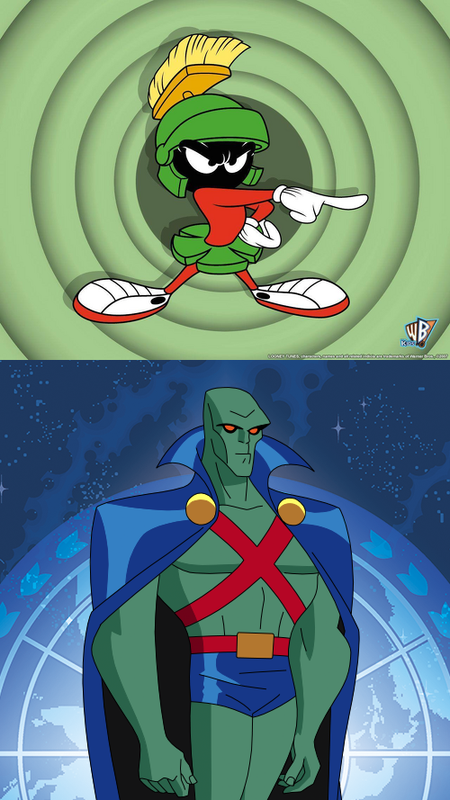It's a long read, and i'm sorry for that. I try to keep myself short.
The goal here is to estimate the cost of a ticket to mars if you intend to live there permanently.
The goal for the price of the ticket is less than 1 billion, ideally around 10 million USD per person, at a launch cost of $1000/kg, which would mean you could bring 10 t of stuff (besides the rocket itself) with you. This sounds both much and little at the same time, depending on how you look at it. It might sound much because you're not used to carrying a backpack that big, or you're not thinking that when you move houses on earth, your stuff that you carry around weighs 10 tonnes in total. But, you have to remember that most of this stuff is going to be machinery. We're literally trying to build factories on Mars, and that factory machinery has a certain weight attached to it, so it cannot be avoided.
At the same time, 10 tonnes might sound like incredibly little if you're aware of how factories are typically being built on earth today. Factories on earth today use very heavy machinery that is significantly more massive than 10 tonnes even for a single process, even for rather trivial workflows. The reason is simply because today, on earth, nobody gives a crap about designing lightweight machinery for factories. Even the most basic industrial processes use incredibly bulky and heavy-weight machines that weight around a 1000 tonnes, even for as simple processes as producing ammonium from hydrogen and nitrogen. The same process could be done in a microwave-sized machine weighing no more than 10 kg, but industry today insists on using big, bulky machinery for doing large-scale processing. This could and needs to change dramatically with spaceflight and martian settlement. Every piece of machinery needs to be optimized towards being lightweight, to the point of even "hollowing out the bones", if you enjoy the analogy to birds in nature. You might also enjoy remembering that the liver organ in the human body weighs barely more than a single kg, but catalyses at least a hundred different chemical reactions, producing at least a hundred different chemical outputs in moderate amounts. Small-scale chemical processing is possible, and nature has perfected it; it is merely our human superstition that tries to make machines huge and bulky, instead of small and weight-efficient.
Call me a fool, i don't care. :D if you have helpful comments, please post them






